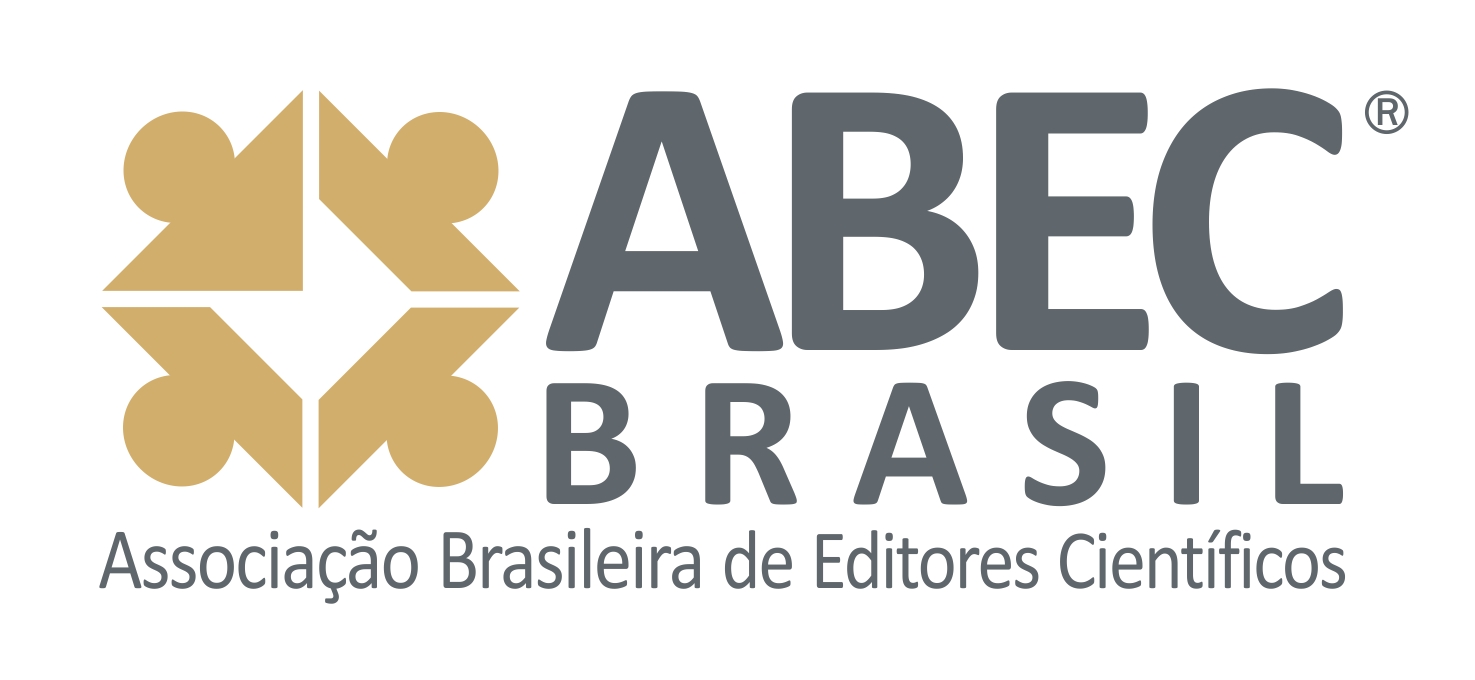EPIGAEIC ANTS IN A FOREST REMNANT IN THE STATE OF ACRE, BRAZIL AND NEW RECORDS FOR THE STATE
DOI:
https://doi.org/10.37856/bja.v93i1.3300Abstract
Ants are considered an important group of invertebrates in terrestrial ecosystems, where they participate in important ecological processes between animals and plants, and they are considered good indicators of environmental impacts as well. Although the diversity of ants in the Amazon biome is already relatively well known, the ant fauna in the state of Acre, Brazil is still poorly known. The aim of this study was to carry out a survey of ants in a forest remnant located in the municipality of Plácido de Castro, Acre, using pitfall traps. Thirty-six species of ants were collected from six subfamilies and 18 genera. Of the species confirmed, 11 (Cephalotes serraticeps, Gnamptogenys moelleri, Gnamptogenys triangularis, Neoponera apicalis, Neoponera commutata, Neoponera verenae, Mayaponera constricta, Megalomyrmex emeryi, Pachycondyla impressa, Pheidole araneoides, and Odontomachus caelatus) were first records for Acre, increasing our knowledge of the epigaeic ants that occur in this region of the Amazon.References
ALONSO, L.E.; AGOSTI, D. 2000. Biodiversity studies, monitoring and ants: an overview. In: AGOSTI, D.; MAJER, J.D.; ALONSO, L.E.; SCHULTZ, T.R. (Eds.). Ants: Standard methods for measuring and monitoring biodiversity. Washington: Smithsonian Institution Press. 280p.
ANDERSEN, R.N. 1992. Regulation of momentary diversity by dominant species in exceptionally rich ant community structure of the Australian seasonal tropics. The American Naturalist, Chicago, v.140, n.3, p.401-420.
ANDRADE, T.; MARQUES, G.D.V.; DEL-CLARO, K. 2007. Diversity of ground dwelling ants in Cerrado: an analysis of temporal variations and distinctive physiognomies of vegetation (Hymenoptera: Formicidae). Sociobiology, Feira de Santana, v.50, n.1, p.1-14.
AQUINO, A.M.; AGUIAR-MENEZES, E.L.; QUEIROZ, J.M. 2006. Recomendações para coleta de artrópodes terrestres por armadilhas de queda (“pitfall-trapsâ€). Seropédica, Embrapa Agrobiologia, Circular Técnica 30. 8p.
BACCARO, F.B.; FEITOSA, R,M, FERNÃNDEZ, F.; FERNANDES, I.O.; IZZO, T.J.; SOUZA, J.L.P.; SOLAR, R. 2015. Guia para os gêneros de formigas do Brasil. Manaus: Editora INPA. 388p.
BEDFORD, S.E.; USHER, M.B. 1994. Distribution of arthropod species across the margins of farm woodlands. Agriculture, Ecosystem & Environment, Amsterdam, v.48, n.3, p.295-305.
BESTELMEYER, B.T.; AGOSTI, D.; ALONSO, L.E.; BRANDÃO, C.R.F.; BROWN Jr., W,L,; DELABIE, J.H.C.; SILVESTRE, R. 2000. Field techniques for the study of ground-living ants: an overview, description, and evaluation. In: AGOSTI, D.; MAJER, J.D.; ALONSO, L,E.; SCHULTZ, T.R. (Eds.). Ants: Standard Methods for measuring and monitoring biodiversity. Washington: Smithsonian Institution. 280p.
BIEBER, A.G.D.; DARRAULT, O.P.G.; RAMOS, C.C.; MELO, K.K.; LEAL, I.R. 2005. Formigas. In: PÔRTO, K.C.; ALMEIDA-CORTEZ, J.S.; TABARELLI, M. (Orgs.). Diversidade biológica e conservação da floresta Atlântica ao Norte do Rio São Francisco. BrasÃlia: Ministério do Meio Ambiente. 363p.
BRADY, S.G.; FISHER, B.L.; SCHULTZ, T.R.; WARD, P.S. 2014. The rise of army ants and their relatives: diversification of specialized predatory doryline ants. BMC Evolutionary Biology, London, v.14, n.93. p.1-14.
BRANDÃO, C.R.F.; SILVA, R.R.; DELABIE, J.H.C. 2012. Neotropical ants (Hymenoptera) functional groups: nutritional and applied implications. In: PANIZZI, A.R.; PARRA, J.R.P. (Eds.). Insect bioecology and nutrition for integrated pest management. Boca Raton: CRS Press. 750p.
DELABIE, J.H.C.; AGOSTI, D.; NASCIMENTO, I.C. 2000. Litter and communities of the Brazilian Atlantic rain forest region. In: AGOSTI, D.; MAJER, J.D.; ALONSO, L.E.; SCHULTZ, T.R. (Eds.). Ants: Standard methods for measuring and monitoring biodiversity. Washington: Smithsonian Institution Press. 280p.
DELABIE, J.H.C.; PAIM, V.R.L.D.; NASCIMENTO, I.C.; CAMPIOLO, S.; MARIANO, C.D.S.F. 2006. As formigas como indicadores biológicos do impacto humano em manguezais da costa sudeste da Bahia. Neotropical Entomology, Londrina, v.35, n.5, p.602-615.
FERNÃNDEZ, F. 2003. SubfamÃlia Formicinae. In: FERNÃNDEZ, F. (Ed.). Introducción a las hormigas de la región Neotropical. Bogotá: Instituto de Investigación de Recursos Biológicos Alexander Von Humboldt. 398p.
FOWLER, H.G. 1993. Relative representation of Pheidole (Hymenoptera: Formicidae) in local ground ant assemblages of the Americas. Anales de Biologia, Roma, v.19, n.8, p.29-37.
FOWLER, H.G.; FORTI, L.C.; BRANDÃO, C.R.F.; DELABIE, J.H.C.; VASCONCELOS, H.L. 1991. Ecologia nutricional de formigas. In: PANIZZI, A.R.; PARRA, J.R.P. (Eds.). Ecologia nutricional de insetos e suas implicações no manejo integrado de pragas. São Paulo: Editora Manole Ltda. 360p.
GARRETTSON, M.; STETZEL, J.F.; HALPERN, B.S.; HEARN, D.J.; LUCEY, B.T.; McKONE, M.J. 1998. Diversity and abundance of understorey plants on active and abandoned nests of leaf-cutting ants (Atta cephalotes) in Costa Rica rain forest. Journal of Tropical Ecology, New York, v.14, n.1, p.17-26.
HÖLLDOBLER, B.; WILSON, E.O. 1990. The ants. Cambridge: Belknap. 732p.
KING, J.A.R.; ANDERSEN, A.N.; CUTTER, A.D. 1998. Ants as bioindicators of habitat disturbance: validation of the functional group model for Australia’s humid tropics. Biodiversity & Conservation, Dordrecht, v.7, n.12, p.1627-1638.
MAJER, J.D. 1983. Ants: bio-indicators of minesite rehabilitation, land-use, and land conservation. Environmental Management, New York, v.7, n.4, p.375-383.
MIRANDA, P.N.; OLIVEIRA, M.A.; BACCARO, F.B.; MORATO, E.F.; DELABIE, J.H.C. 2012. Check list of ground-dwelling ants (Hymenoptera: Formicidae) of the eastern Acre, Amazon, Brazil. Check List, São Paulo, v.8, n.4, p.722-730.
MIRANDA, P.N.; MORATO, E.F.; OLIVEIRA, M.A.; DELABIE, J.H.C. 2013. A riqueza e composição de formigas como indicadores dos efeitos do manejo florestal de baixo impacto em floresta tropical no estado do Acre. Revista Ãrvore, Viçosa, v.37, n.1, p.163-173.
OLIVEIRA, M.A.; GOMES, C.F.F.; PIRES, E.M.; MARINHO, C.G.S.; DELLA LUCIA, T.M.C. 2014. Bioindicadores ambientais: insetos como um instrumento desta avaliação. Revista Ceres, Viçosa, v.61, p.800-807.
OLIVEIRA, M.A.; DELLA LUCIA, T.M.C.; MARINHO, C.G.S.; DELABIE, J.H.C.; MORATO, E.F. 2009. Ant (Hymenoptera: Formicidae) diversity in an area of the Amazon forest in Acre, Brazil. Sociobiology, Feira de Santana, v.54, n.1, p.1-25
PECK, S.L.; McQUAID, B.; CAMPBEL, C.L. 1998. Using ant species (Hymenoptera: Formicidae) as a biological indicator of agroecosystem condition. Environmental Entomology, Washington, v.27, n.5, p.1102-1110.
RAMOS, L.S.; MARINHO, C.G.S.; FILHO, R.Z.B.; DELABIE, J.H.C.; LACAU, S.; SANTOS, M.D.F.S.D.; NASCIMENTO, I.C.D. 2003. Comunidades de formigas (Hymenoptera: Formicidae) de serapilheira em áreas de cerrado “stricto sensu†em Minas Gerais. Lundiana, Belo Horizonte, v.4, n.2, p.95-102.
ROBERTS, J.T.; HEITHAUS, E.R. 1986. Ants rearrange the vertebrate-generated seed shadow of a Neotropical fig tree. Ecology, Washington, v.67, n.4, p.1046-1051.
ROCHA, W.O.; DORVAL, A.; PERES FILHO, O.; VAEZ, C.A.; RIBEIRO, E.S. 2015. Formigas (Hymenoptera: Formicidae) bioindicadoras de degradação ambiental em Poxoréu, Mato Grosso, Brasil. Floresta e Ambiente, Seropédica, v.22, n.1, p.88-98.
ROSADO, J.L.O.; BECKMANN, G.H.; PATRICIO, R.S.; HARTER-MARQUES, B. 2014. Estrutura da assembleia de formigas (Hymenoptera: Formicidae) epigéicas em áreas reabilitadas após mineração de carvão a céu aberto no Sul de Santa Catarina, Brasil. Revista Tecnologia e Ambiente, Criciúma, v.21, p.207-227.
SILVESTRE, R.C.; BRANDÃO, R.F.; SILVA, R.R. 2003. Grupos funcionales de hormigas: el caso de los gremios del Cerrado. In: FERNÃNDEZ, F. (Ed.). Introducción a las hormigas de la región Neotropical. Bogotá: Instituto de Investigación de Recursos Biológicos Alexander Von Humboldt. 398p.
VASCONCELOS, H.L.; LEITE, M.F.; VILHENA, J.M.S.; LIMA, A.P.; MAGNUSSON, W.E. 2008. Ant diversity in an Amazonian savanna: relationship with vegetation structure, disturbance by fire, and dominant ants. Austral Ecology, Malden, v.33, p.221-231.
WARD, P.S.; BRADY, S.G.; FISHER, B.L.; SCHULTZ, T.R. 2015. The evolution of myrmicine ants: phylogeny and biogeography of a hyperdiverse ant clade (Hymenoptera: Formicidae). Systematic Entomology, Medford, v.40, n.1, p.61-81.
WILSON, E.O. 1987. Causes of ecological success: the case of the ants. Journal of Animal Ecology, London, v.56, n.1, p.1-9.
WINK, C.; GUEDES, J.V.C.; FAGUNDES, C.K.; ROVEDDER, A.P. 2005. Insetos edáficos como indicadores da qualidade ambiental. Revista de Ciências Agroveterinárias, Lages, v.4, n.1, p.60-71.
WIRTH, R.; LEAL, I.R. 2001, Does rainfall affect temporal variability of ant protection in Passiflora coccinea? Écoscience, Québec, v.8, n.4, p.450-453.











